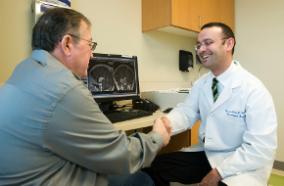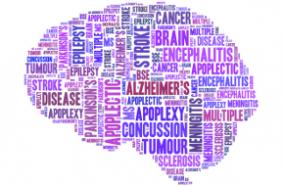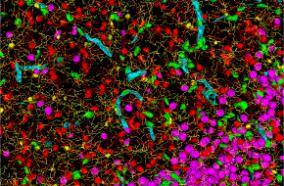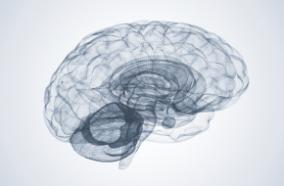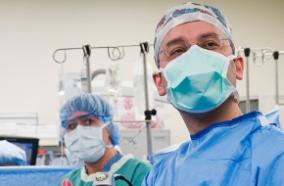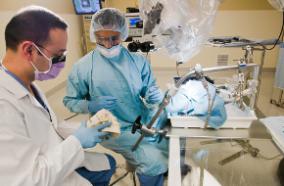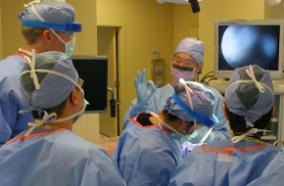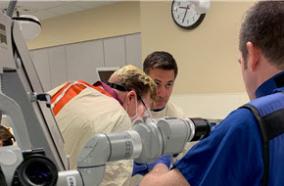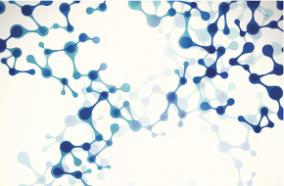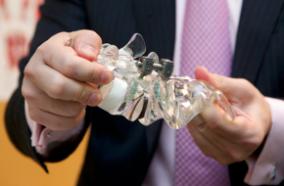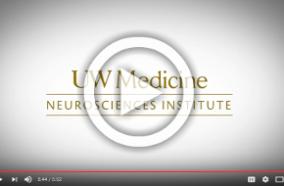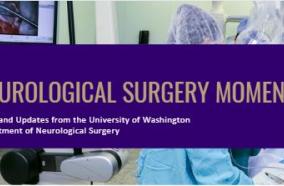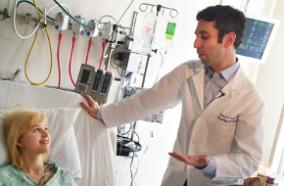The Modern Physical Exam - A Transatlantic Perspective from the Resident Level.
The Modern Physical Exam - A Transatlantic Perspective from the Resident Level.
Teach Learn Med. 2020 Feb 24;:1-7
Authors: Jacobsen AP, Khiew YC, Murphy SP, Lane CM, Garibaldi BT
Abstract
Issue: The physical examination has been in decline for many years and poorer skills contribute to medical errors and adverse events. Diagnostic error is also increasing with the complexity of medicine. Comparing the physical examination in Ireland and the United States with a focus on education, assessment, culture, and health systems may provide insight into the decline of the physical exam in the United States, uncover possible strategies to improve clinical skills, and limit diagnostic error. Evidence: The physical exam is a core component of both undergraduate and postgraduate medical education in Ireland. This is reflected by the time and effort invested by medical schools and medical societies in Ireland in teaching and assessing skills. This high standard of skills results in the physical exam being a key component of the diagnostic process and a gatekeeper to expensive investigations essential in a resource-limited health system such as Ireland. Use of the physical exam in the United States is hindered by the high-tech transformation of healthcare and a more litigious society. Known strategies to highlight the role of the physical exam in clinical practice include creating an evidence base to show that better physical exam skills improve outcomes, identifying accurate physical exam maneuvers, stressing the therapeutic alliance the physical exam brings to the patient encounter, and the incorporation of technology into the bedside exam. Implications: Contrasting the education and clinical use of the physical examination in the United States with Ireland allowed us to identify a number of strategies which could be used to promote the physical exam among learners in both countries. Highlighting simple and pragmatic physical exam maneuvers combined with evidence-based physical exam diagnostic data may renew confidence in the physical exam as a core diagnostic tool. Use of the hypothesis-driven approach may streamline a clinician's physical exam during a patient encounter, focusing on the key examination components and avoiding unnecessary and low yield maneuvers. The absence of assessment of physical exam skills using real patients in United States licensing exams communicates to learners that these skills are not important. However, steps to introduce a culture of assessment to drive learning are being introduced. One area Ireland could learn from the United States is incorporating more technology into the bedside exam. Enhanced physical examination skills in both countries could reduce reliance on expensive investigations and improve diagnostic accuracy.
PMID: 32090631 [PubMed - as supplied by publisher]

